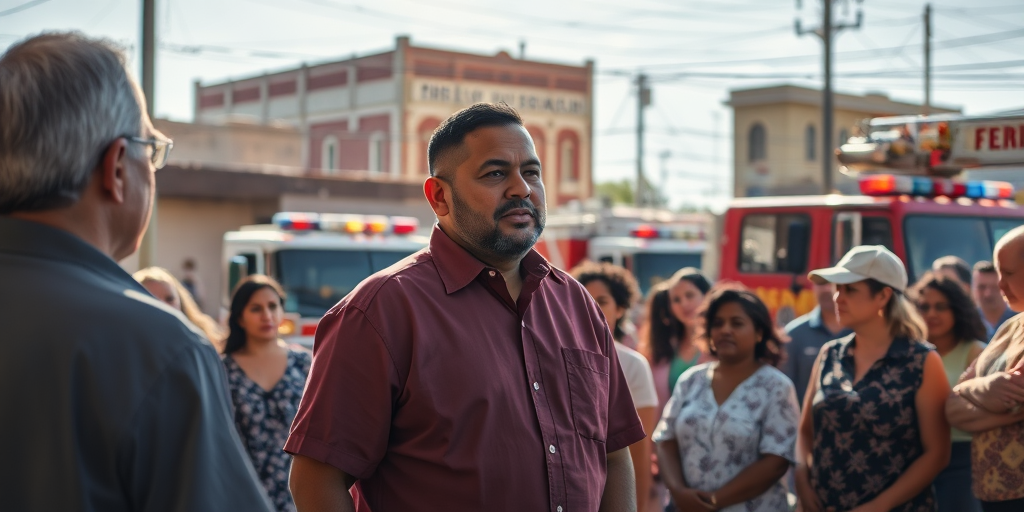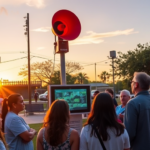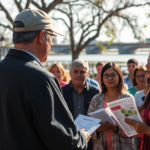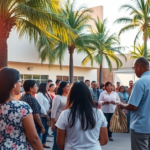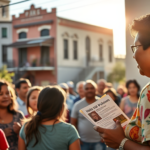Toll Increase Set for Progreso International Bridge to Impact Local Commuters
In a move that underscores the challenges of cross-border travel, the toll at the Progreso International Bridge is set to increase from $4 to $5 starting August 1. This change is expected to impact numerous commuters, including local drivers who frequently use the bridge for work and travel purposes. This latest development reflects broader infrastructural adjustments affecting the Rio Grande Valley community.
Details of the Toll Hike
The Progreso International Bridge, a vital connection for many Valley residents traveling to and from Mexico, has announced a forthcoming toll increase. Effective this Friday, commuters will need to pay $5 to cross the bridge instead of the previous rate of $4. While a single dollar might seem minimal to some, it represents a notable change for regular users.
Weslaco taxi driver Sandra Garcia is among those directly affected by the price hike. “I drive across the bridge multiple times a day, charging a flat rate of $10. With this increase, I’ll have to bump it up to $15 to account for the extra cost,” said Garcia. Her experience illustrates the domino effect that such changes can have on local services and pricing.
Community Reactions
Opinions about the toll increase vary among Valley residents. Rio Hondo resident David Rodriguez expressed a degree of indifference, stating, “Paying another dollar wouldn’t make a difference.” On the other hand, Pharr resident Concepcion Rodriguez, though unsurprised by the increase, acknowledged the broader financial pressures faced by residents. “Everything costs more nowadays, and the toll is just another drop in that bucket,” she noted.
Channel 5 News conducted a comparative analysis of toll prices across nearby bridges. While the Hidalgo, Anzalduas, Gateway, Veterans, and Los Indios bridges remain at $4, both the Progreso and Pharr bridges now share the $5 toll rate. Despite multiple inquiries, officials from the Progreso Bridge Board were unavailable to provide comments on the record.
Broader Impact on the Valley
For many South Texas residents, this increase in toll fees feeds into ongoing discussions about infrastructure costs and economic accessibility. The Rio Grande Valley (RGV) has long been a hub for cross-border activity, with thousands depending on the region’s bridges for daily commerce and travel.
Increased tolls may present compounded financial strain, particularly in light of other economic pressures such as rising fuel costs and inflation. By affecting transportation logistics, these changes could resonate beyond individual commuters to impact trade and business operations in the Valley.
Fred Sanchez, a local economist, warns of potential ripple effects. “Small business owners who rely on regular shipments or commute between locations could face higher operational costs. While a $1 increase may seem minor for individuals, the cumulative effect on commerce should not be underestimated,” he asserted.
Connections to Past Events
This latest development is part of a broader pattern in the region, with infrastructure financing and cross-border commerce being perennial issues in local policy debates. Earlier toll adjustments in other areas have sparked discussions about equitable access and the role of transportation in local economic development.
Many residents, including regular bridge users like Garcia, view the change as a balancing act between maintaining bridge upkeep and ensuring affordable access. The necessity of bridge improvements, though critical, often comes at a price, emphasizing the need for strategic planning and community consultation.
Looking Ahead: Possible Implications
While current changes are still receiving mixed responses, they could set significant precedents affecting future infrastructure policy in the region. Should tolls continue to rise, this may prompt broader conversations about alternative funding for maintaining and improving cross-border travel routes.
Emerging from these discussions, the community’s ability to sustain regular and necessary use of these bridges will hinge on collaborative decision-making between local officials, transportation authorities, and the general public. Engaging residents in ongoing conversations can ensure that development aligns with community needs and priorities.
Local Resources and Further Information
For those affected, local informational sessions are being planned to discuss the implications of these toll changes. Transportation departments encourage residents to voice their thoughts and explore possible relief options.
Furthermore, Valley residents can stay updated on changes through resources such as the KRGV FIRST WARN 5 Weather app, which provides real-time notifications and alerts about regional developments impacting daily commuting.
Beyond the immediate impact, this toll increase highlights the interconnected nature of transportation infrastructure with broader economic health across the Rio Grande Valley. As local officials navigate these complexities, maintaining clear communication and transparency with Valley residents will remain paramount. The Progreso International Bridge toll hike serves as a reminder of the ongoing challenges and opportunities facing border communities in South Texas, underscoring the region’s dynamic evolution in the face of changing economic landscapes.

